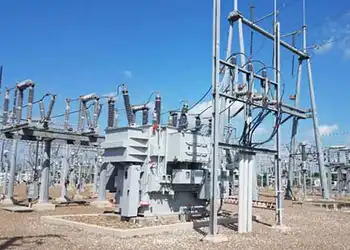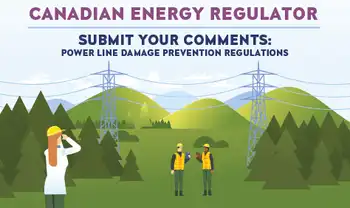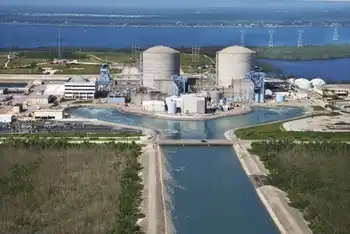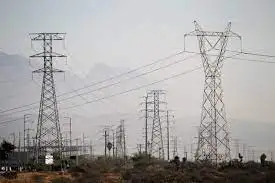NERC IDC celebrates a decade
By Electricity Forum
High Voltage Maintenance Training Online
Our customized live online or in‑person group training can be delivered to your staff at your location.

- Live Online
- 12 hours Instructor-led
- Group Training Available
NERC IDC was the first interconnection-wide secure information system providing critical functions to reliability operating entities in the Eastern Interconnection over the public Internet. Over the past 10 year period, NERC IDC has evolved into a highly automated information management system consisting of over twenty servers located in the OATI Data Center and Disaster Recovery sites.
NERC IDC includes an outage information exchange system (webSDX), interfaces with RTO markets for market dispatch flow contributions on flowgates, provides seams coordination information and computes Balancing AuthoritiesÂ’ native load flow contributions. NERC IDC calculates Transmission Distribution Factors (TDFs) for interchanges between 10,000 points and 2,000 flowgates three times per hour, and implements the NAESB TLR Business Practice Standard that manages interchange transactions, market dispatch and native load contributions.
“The extent of today’s IDC functionality, its 100% availability record for the last three years, and integration with Reliability Coordinators and Markets back end systems are proof of the great success of the NERC IDC,” stated Sasan Mokhtari, OATI President and CEO. “OATI appreciates the confidence that NERC and the Reliability Coordinators place on OATI in its ability to deliver uninterrupted secure critical services to reliability operating entities in the Eastern Interconnection.”
“The IDC model has proven very successful,” commented Michael Assante, Vice President and Chief Security Officer at NERC. “The tool continues to provide timely and important reliability information to the industry reliably and effectively.”
Jim Busbin, Chairman of the NERC IDC Working Group, congratulated OATI on ten very successful years of development and support of the NERC IDC, and stated “it has been my personal privilege to be a participant in this effort since it went into production and to enjoy the association through the years with the exceptionally professional staff of OATI. The IDC has evolved and expanded its functionality over its life and has continued to employ leading edge technology in the area of congestion management for the Eastern Interconnection. On behalf of NERC IDC Working Group members, past and present, we congratulate OATI on this important milestone and look forward to exploring the challenges that lie before us in the area of congestion management.”











